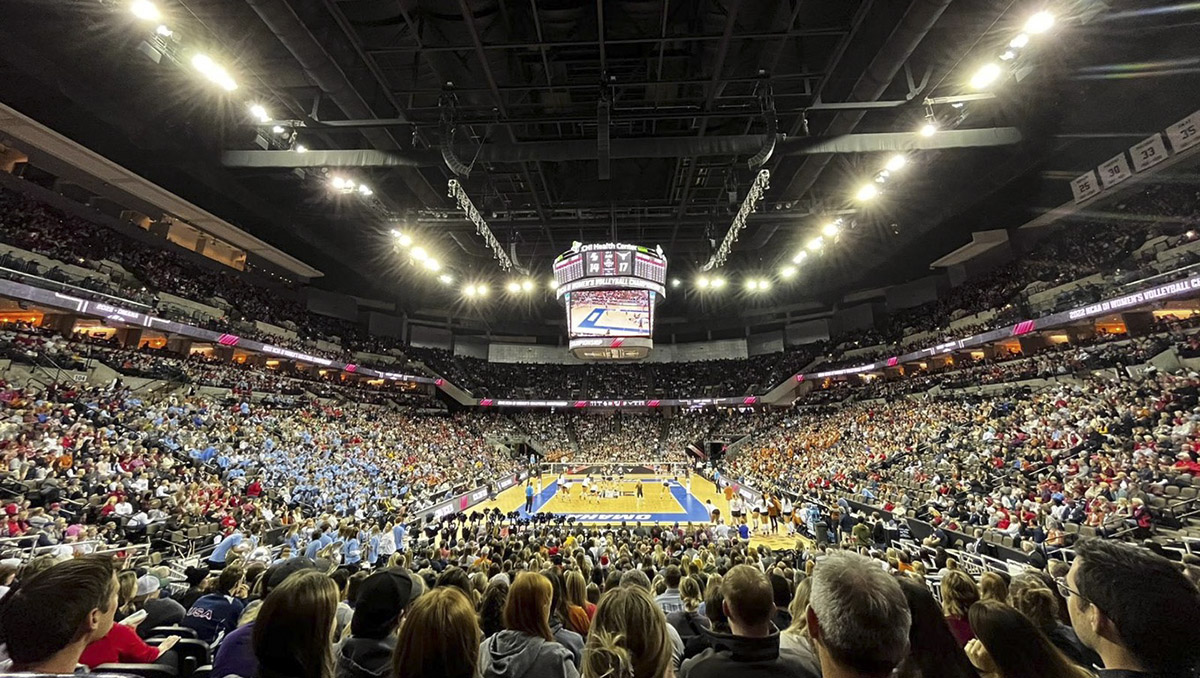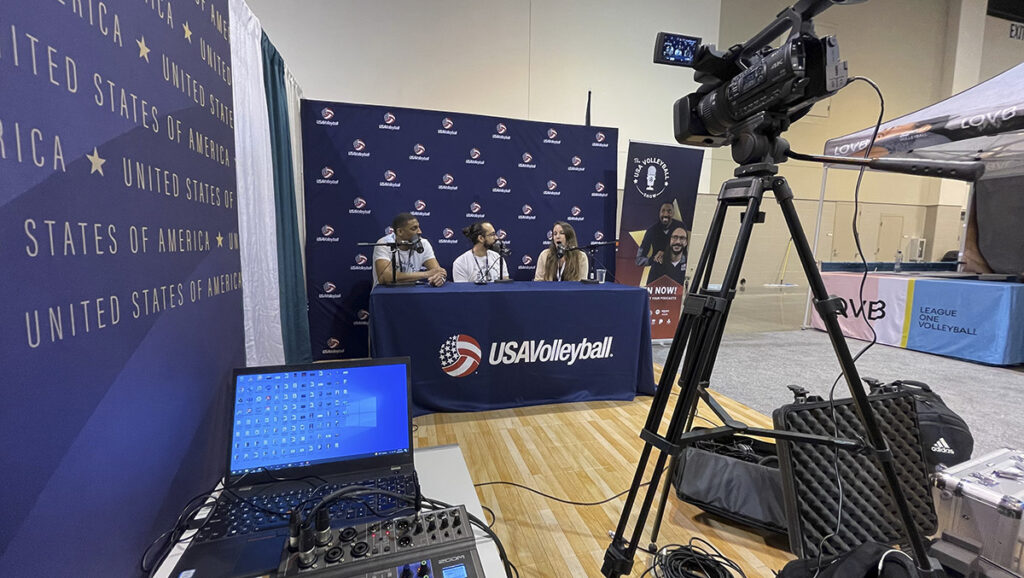
What is NIL and Why Does it Matter?
On July 1, 2021, the NCAA officially amended its bylaw that prohibited college athletes from doing something that every other US citizen could: Profit from their own name, image, and likeness (NIL).
But, what does NIL really mean and why does it matter?
In legal language, name, image, and likeness make up the three pieces of one’s “right to publicity.”
NAME: Your name is your name. Nobody should use it for commercial purposes without your consent.
IMAGE: Your image is your image. Nobody should use it for commercial purposes without your consent.
LIKENESS: Your likeness is not as obvious. It is your “semblance.” Think the outline of Michael Jordan on the Jordan brand. Arnold Palmer’s signature on Arizona Iced Tea. Think EA Sports’ popular and profitable video games that depicted former NCAA athletes by using their height, body type, number and playing style – but never their name or exact image.
Now, all NCAA athletes (as well as NAIA, NJCAA, and CCCAA athletes) are able to accept compensation for commercial or promotional use of their name, image, and/or likeness. They can partner with businesses and endorse their products and/or services through their personal social media channels. They can welcome sponsorship opportunities and can be “the face” of a company’s marketing campaign. College athletes can now get paid to make appearances, sell their autographs, create and market their own merch lines, and advertise their own camps, clinics and private lessons.
Why Does it Matter?
The most common objection to NIL is that college athletes are “already given enough” with their scholarships and access to amenities, services and benefits not available to the general student body. Traditionalists believe that the college sports model of amateurism will be irreparably damaged by allowing athletes to monetize their NIL and will lead to the eventual downfall of the NCAA.
Yes, ~5% of NCAA athletes benefit from a full-ride scholarship, and athletic departments, for the most part, invest a lot of time and money into providing exceptional resources exclusively for their athletes.
And agreed, the chaotic rollout of NIL reform created a “wild west”-esque landscape that empowers those traditionalists to shake their fists and say “This is the end of college sports as we know it!”
However, even if we removed the plethora of events that led to the NCAA essentially being forced to permit NIL last summer, the rollout was bound to be confusing. This is, after all, the biggest change to college sports since Title IX was implemented 50 years ago.
For example, restaurants have always been told that if they give NCAA athletes as little as a complimentary soda with their meal, that could be considered an impermissible benefit and they could lose their eligibility. Now, those same businesses are being told they can give athletes a million sodas, as long as they tweet about it.
Permitting college athletes to monetize their name, image, and likeness was not only inevitable given the NCAA rising revenues and increased public awareness, but it was undoubtedly the right thing to do due to the rise of social media and influencer marketing.

NCAA Skyrocketing Revenues and Increased Public Awareness
For the past 30+ years, NCAA revenues have significantly grown year to year. In 1992, the NCAA pulled in $166 million (PDF). Last year, mostly due to increasing television and marketing rights fees, revenues ballooned to $1.16 BILLION.
Additionally, the NCAA battled very public lawsuits over the past decade that have increased general awareness about the NCAA’s increasing revenues and the lack of compensation for their product (the athletes). Most notably, O’Bannon vs NCAA (widely known as the video game case) challenged the organization’s use of former athletes’ likenesses for commercial purposes. In 2014, the NCAA lost the case and was required to allow full cost of attendance scholarships but, potentially more significantly, the case brought national attention to the injustices of the NCAA’s business model.
Since the O’Bannon case, there have been additional lawsuits filed against the NCAA by college athletes, mostly around the legality of the NCAA’s restrictions.
In June of 2021, the Supreme Court delivered a unanimous decision against the NCAA in the Alston case. While not directly related to NIL, it left the organization with few, if any, alternatives other than amending bylaw 12 to allow ~500,000 NCAA athletes to monetize their name, image, and likeness.
Listen to Michelle Meyer of NIL Network on the USA Volleyball Show.
Rise of Social Media and Influencer Marketing
While social media has only been around for about 20 years, it has led to substantial changes on how people live their day-to-day lives and in turn, has caused a shift in how businesses market to consumers. The most significant effect that social media caused for elite athletes, or really any “public figure,” is accessibility. Now, instead of public figures being filtered through the media and interviews, fans can “follow” their favorite celebrities and get direct access to their content.
Shortly after the rise of social media came the development of “influencer marketing,” where brands utilize the social media accounts of public figures to build trust, reach new audiences and improve brand awareness.
NCAA athletes, especially in sports that are on national TV, can have massive platforms with highly engaged followers. Additionally, their audience is specific – fans of their sport, their school and/or their team – allowing businesses to target a precise demographic. NIL has afforded brands a great influencer marketing opportunity by partnering with these athletes.
Even for the sports that don’t typically sell out arenas, many athletes have grown impressive followings because of attributes OUTSIDE of their sport: They are musicians, artists, or just know how to create viral content. Restricting these individuals’ abilities to monetize their platforms is unfair, especially considering they are unable to hold a part-time job due to their complex schedules.
Finally, for the 99% of NCAA athletes who aren’t high profile and don’t have huge platforms, their time as college athletes is typically their greatest opportunity to capitalize on their NIL. They likely won’t make life-changing money, but they now have the opportunity to be entrepreneurial, build relationships and get hands-on business experiences.
Allowing college athletes to benefit from their NIL was and is the right thing to do.
Thanks for reading! Please look out for next month’s NIL topic: What the first year looked like and the opportunity for volleyball athletes.
About the Author: Michelle Meyer is a former NCAA athlete and D1 volleyball coach who founded NIL Network in 2020 as a hub of resources to help athletes, coaches, and administrators navigate this new era of collegiate athletics. She became the fifth NIL Administrator hired in the country when she accepted the position at San Diego State University in November 2021.

